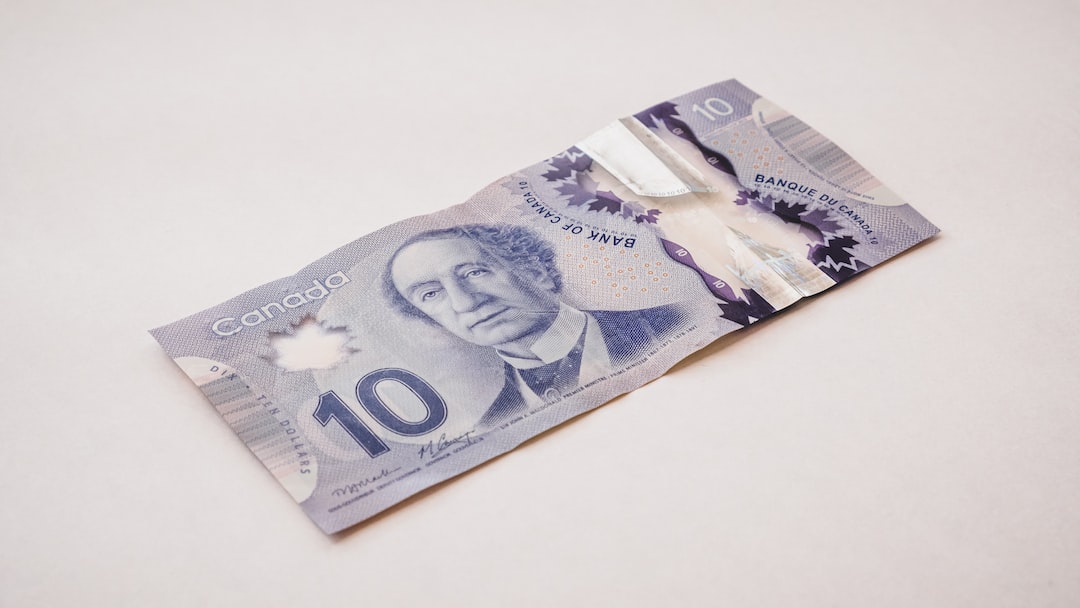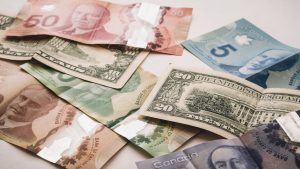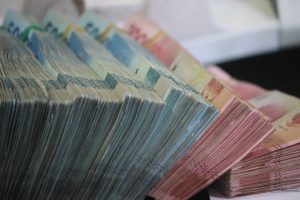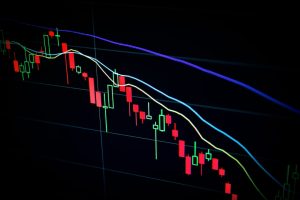Exchange rates play a significant role in the global economy, and the central bank holds a crucial position in determining the exchange rates. The central bank is the regulatory body responsible for managing a country’s monetary policy and issuing its currency. The central bank’s exchange rate policies are critical to maintaining a stable economy and promoting international trade. In this article, we will explore how the central bank influences exchange rates on the forex market.
What is Forex?
Forex, also known as the foreign exchange market, is a decentralized global market where currencies are traded. The forex market is the largest financial market in the world, with an average daily trading volume of over $5 trillion. It is open 24 hours a day, five days a week, and operates in all time zones.
How do exchange rates work?
An exchange rate is the value of one currency in relation to another currency. For example, if the exchange rate between the US dollar and the British pound is 1.25, it means that one US dollar can buy 1.25 British pounds. Exchange rates are determined by the supply and demand of currencies in the market. If there is a high demand for a currency, its value will increase, and if there is a low demand, its value will decrease.
How does the central bank influence exchange rates?
The central bank plays a crucial role in determining the exchange rates of a country’s currency. The central bank uses various tools and policies to manage the exchange rates and maintain a stable economy. Here are some of the ways the central bank influences exchange rates on the forex market:
1. Interest rates
Interest rates are one of the primary tools used by the central bank to influence exchange rates. The central bank can increase or decrease interest rates, depending on the economic situation. When a central bank increases interest rates, it attracts foreign investors who seek higher returns on their investments. This, in turn, increases the demand for the currency, which leads to an appreciation in its value. On the other hand, when the central bank reduces interest rates, it makes the currency less attractive to foreign investors, leading to a decrease in its value.
2. Open market operations
Open market operations refer to the buying and selling of government securities by the central bank. When the central bank buys government securities, it injects money into the economy, leading to an increase in the money supply. This, in turn, leads to a decrease in interest rates, which makes the currency less attractive to foreign investors, leading to a decrease in its value. Conversely, when the central bank sells government securities, it takes money out of the economy, leading to a decrease in the money supply. This, in turn, leads to an increase in interest rates, which makes the currency more attractive to foreign investors, leading to an increase in its value.
3. Foreign exchange reserves
Foreign exchange reserves are the foreign currencies held by the central bank. The central bank can use its foreign exchange reserves to influence the exchange rates of its currency. When a central bank sells its foreign exchange reserves, it increases the supply of the foreign currency, leading to a decrease in its value. On the other hand, when the central bank buys foreign exchange reserves, it reduces the supply of the foreign currency, leading to an increase in its value.
4. Exchange rate pegging
Exchange rate pegging is a policy where a central bank fixes the exchange rate of its currency to another currency. For example, China pegs its currency, the yuan, to the US dollar. When a central bank pegs its currency to another currency, it has to buy or sell its currency to maintain the fixed exchange rate. If the demand for the currency exceeds its supply, the central bank has to sell its currency to maintain the fixed exchange rate. Conversely, if the supply of the currency exceeds its demand, the central bank has to buy its currency to maintain the fixed exchange rate.
Conclusion
In conclusion, the central bank plays a crucial role in determining the exchange rates of a country’s currency. The central bank uses various tools and policies to manage the exchange rates and maintain a stable economy. Interest rates, open market operations, foreign exchange reserves, and exchange rate pegging are some of the ways the central bank influences exchange rates on the forex market. A stable exchange rate is essential for promoting international trade and maintaining a healthy economy.






